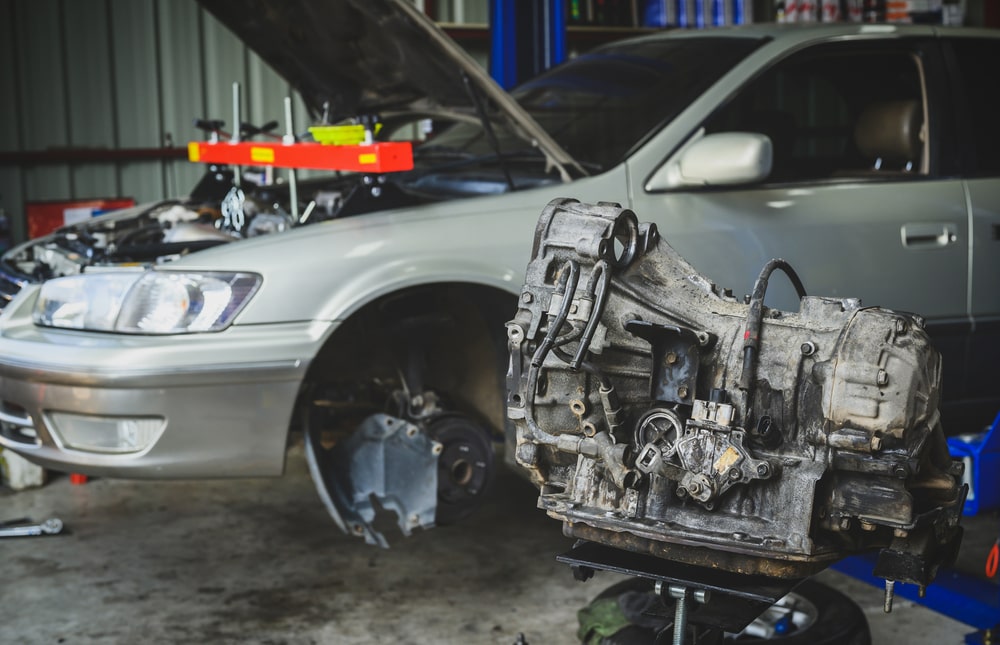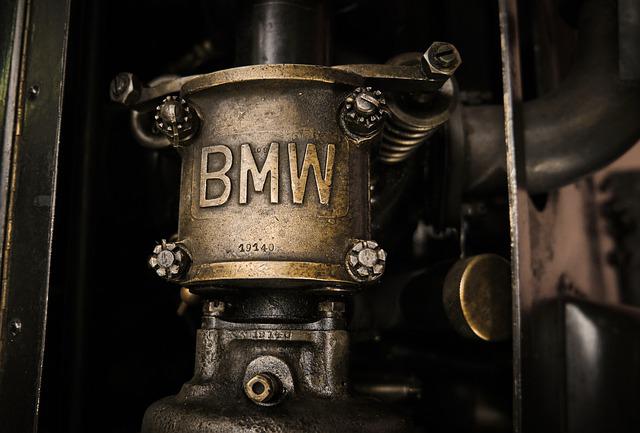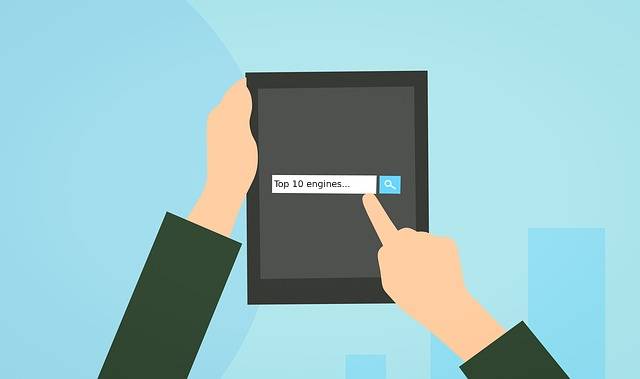How to Test Transmission Pressure? A Step-By-Step Guide
Find Used Engines and Transmissions for a Great Price! Live Assistant For Used Engines Call 1800-518-9776

Smooth gear shifts and optimal vehicle performance are the hallmarks of a well-maintained transmission system. However, with regular use and the passage of time, transmissions can encounter issues that affect their functionality. To proactively address potential problems and ensure a seamless driving experience, a transmission pressure test proves to be a vital diagnostic tool. In this step-by-step guide, we will take you through the process of conducting a transmission pressure test, empowering you to take control of your vehicle's performance and hit the road with confidence.
Why is a pressure test important?
A pressure test for car transmission is essential as it allows early detection of potential issues, ensuring accurate diagnostics of hydraulic pressure levels. By promptly addressing minor problems, it becomes a cost-effective preventive measure, extending the transmission's lifespan and optimising its performance. Regular pressure testing enhances safety on the road, reducing the risk of unexpected breakdowns. It instils confidence in your vehicle's reliability, complying with maintenance schedules and protecting your investment..
Step-By-Step Instructions of Testing Transmission Pressure
Step 1: Vehicle Preparation:
-
Park your vehicle on a level surface and engage the parking brake.
-
Allow the engine to warm up to its normal operating temperature.
Step 2: Prepare Test Equipment:
-
Obtain a transmission pressure gauge set that matches the specifications of your vehicle's transmission.
-
Connect the pressure gauge set to the appropriate test ports. Ensure the connections are secure and free from any leaks.
Step 3: Start the Engine:
-
With the pressure gauge set connected, start the engine and let it idle.
Step 4: Shift Through Gears:
-
Gradually shift through all the gears, including Park, Reverse, Neutral, Drive, and any other gear options available in your vehicle.
Step 5: Observe Pressure Readings:
-
While shifting through the gears, observe the pressure readings displayed on the pressure gauge set.
-
Take note of the pressure readings for each gear and any fluctuations in the readings.
Step 7: Compare with Manufacturer's Specifications:
-
Refer to your vehicle's service manual or technical specifications to determine the ideal pressure range for each gear.
-
Compare the actual pressure readings to the manufacturer's specifications.
Interpreting Results:
-
Low Pressure: Pressure readings below the manufacturer's specifications may indicate worn components, fluid leakage, or internal wear within the transmission.
-
High Pressure: Elevated pressure readings could suggest a blockage or restriction in the transmission system.
-
Fluctuating Pressure: Pressure readings that vary or fluctuate may point to a potential issue with the pressure regulator or a failing pump.
Conclusion
By measuring hydraulic pressure levels within the transmission, this test provides valuable insights into its health and identifies any underlying issues before they escalate. Conducting this test allows you to detect potential issues early and take appropriate action. Regular pressure testing can extend the life of your transmission, optimise driving performance, and ensure a smooth and reliable driving experience.
Elevate your vehicle's performance with our premium selection of used transmission. Find the perfect match for your vehicle and experience a smoother, more efficient ride today here at Used Engines Inc. Be it manual, automatic, semi-automatic or continuously variable transmissions, we have it all!
related
You May Also Like

Which BMW Has the Most Horsepower?
A car is useless if it doesn’t have good horsepower. Just imagine driving your car with sluggish acceleration and it drags on the road whenever you take it for a spin.
Read Article
10 Best Engines Made So Far By Top Engine Manufacturers
Over the years, the car industry has seen major changes. Car engines have become smarter and it looks like every new engine that rolls out is better than the other.
Read Article
How to Make Your Car Last Forever?
Isn’t it lovely when a new car works the way you want? The gears shift smoothly and the wheels roll without dragging against the road. But as your car gets older, you’ll notice that it doesn’t drive smoothly, has lower fuel mileage, and overheats easily.
Read Article